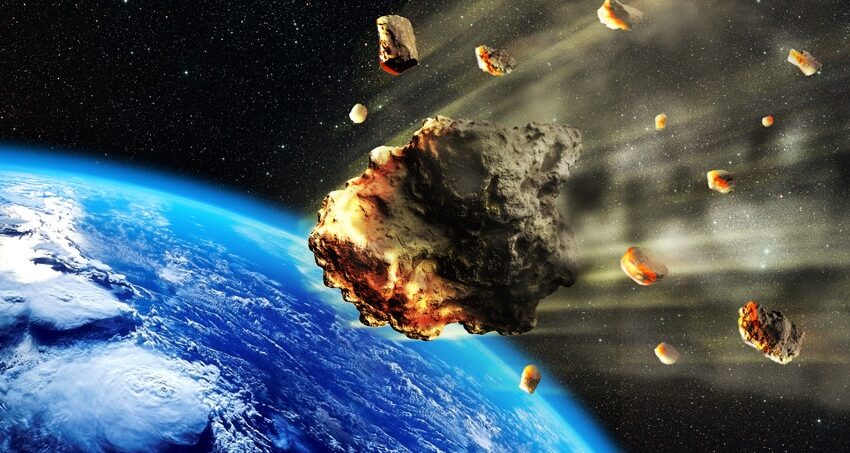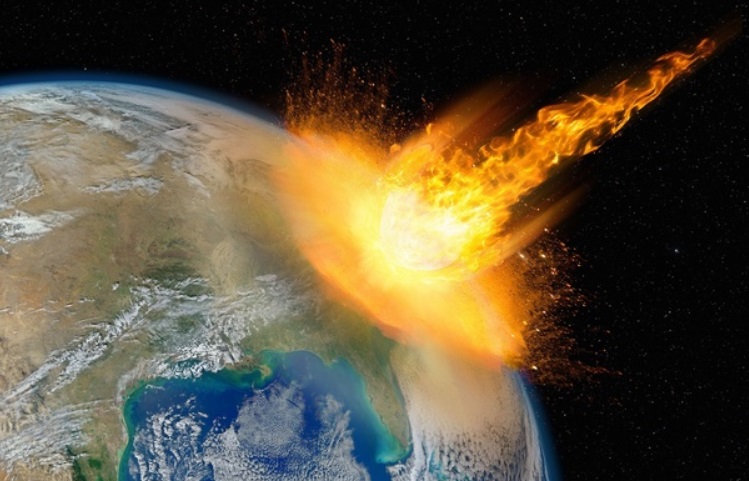
NASA Reports No Immediate Large Asteroid Threats, Outlines Contingency Plans
NASA says earth safe from any asteroid threat for the next one century
Imagine if scientists found a massive asteroid with a 72% chance of hitting Earth in 14 years—a space rock so large it could obliterate a city and wreak havoc across an entire region.
This is the hypothetical scenario that NASA experts, federal emergency managers, and their international partners recently explored. They conducted a table-top simulation to boost the nation’s readiness for future asteroid threats, according to a new report from NASA.
NASA’s big statement on astroids threat
Terik Daly, the planetary defence supervisor at Johns Hopkins Applied Physics Laboratory, reassures us, “Right now, we don’t know of any large asteroids that pose a threat to Earth for the next century.” However, Daly adds, “We also know that we haven’t identified most of the asteroids large enough to cause regional devastation.”
Astronomers estimate around 25,000 “near-Earth objects” are 140 meters or larger, but only about 43% have been found so far, according to data from the April exercise in Laurel, Maryland.
NASA’s report on astroid preparedness
This simulation is part of a series of drills that planetary defence experts conduct every few years. It follows NASA’s DART mission, which demonstrated that a spacecraft could alter an asteroid’s trajectory by colliding with it. In this latest scenario, scientists estimated the asteroid’s size to range from 60 meters to nearly 800 meters across. Even a smaller asteroid in this range could cause significant damage if it struck near a populated area, explains Lindley Johnson, NASA’s former Planetary Defense Officer.

Daly highlights the challenge: “We see the asteroid as a point of light in space, leading to large uncertainties in its properties and potential impact consequences.” Furthermore, this exercise assumed that scientists couldn’t gather more data for six months until the asteroid was observable again, adding to the uncertainty.
Asteroid Threat on Earth: The Three Options
Participants considered three options: waiting for more telescope observations, launching a U.S.-led mission to gather information, or building a spacecraft to spend time near the asteroid and potentially alter its path. Unlike past simulations, this one didn’t advance to a dramatic conclusion. “We stayed stuck in one moment for the entire exercise,” says Daly, allowing time to discuss communication, urgency, funding, and practical considerations.
The report notes skepticism about whether funding would be available without more definitive risk knowledge. Daly points out that technical experts previously assumed funding wouldn’t be an issue, but “cost was absolutely a concern.”
L.A. Lewis from FEMA emphasizes the challenge for emergency managers to balance resources for a distant threat while dealing with immediate hazards like tornadoes and hurricanes.
Meanwhile, NASA plans to launch a new asteroid-detecting telescope in the fall of 2027. “We need to discover what’s out there, determine their orbits, and assess their impact risk to Earth over time,” says Johnson.


